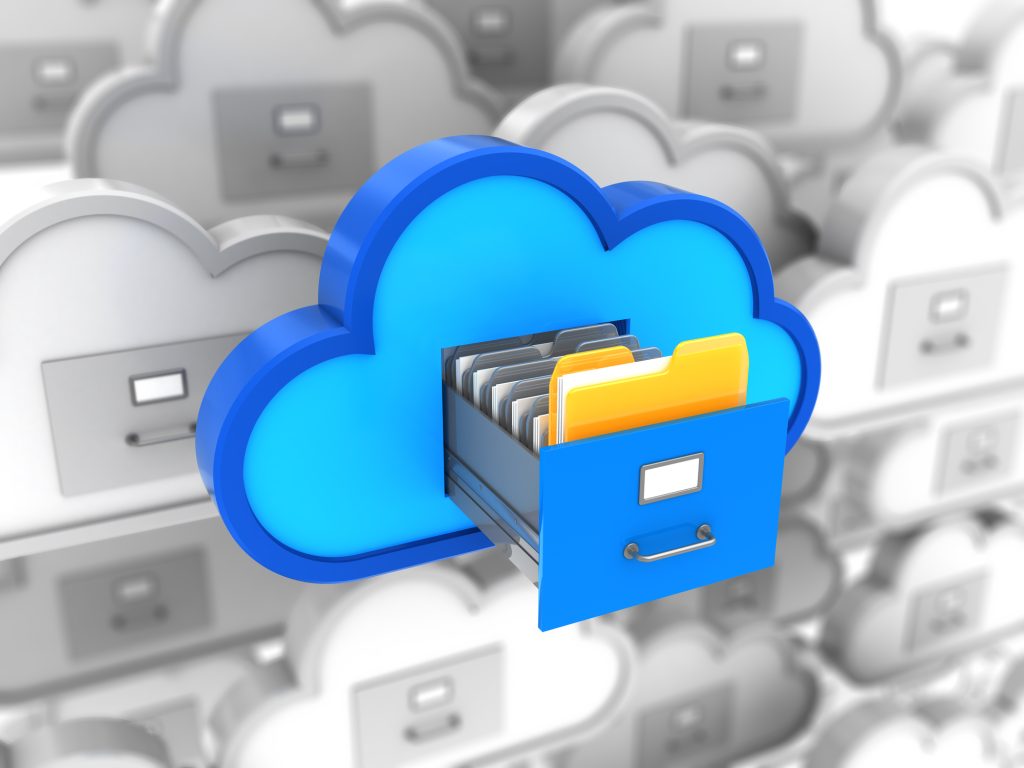- October 13, 2022
- Catagory cloud backup
5 To Dos for Your Cloud Backup and Recovery Checklist
If it’s not a matter of if disaster strikes, it’s when. You need a comprehensive checklist for your cloud backup and data recovery procedure if you want to avoid a disruption to your business and your customers.
This checklist isn’t a one and done, either. You’ll want to revisit it regularly to tweak your processes and the cloud backup and data recovery tools you have in place. Here are five key things every checklist should have:

- Write it down: Document your cloud backup and data recovery procedure and be sure to have a hard copy. It should be a living document that you revisit regularly and outline all mission-critical applications and interdependencies – you can group them together and ensure all connected applications and their data safeguarded equally. Your plan should also detail the roles and responsibilities for everyone involved in executing it, so they know what needs to be done to restore primary systems from a cloud backup.
- Set your objectives: When you lose data, applications become unavailable. A recovery time objective (RTO) gives you a deadline as to how long you can go without an application and decides how much time it will take to recover after the disaster strikes. A recovery point objective (RPO) directs you were to focus your efforts so you prioritize the data you restore from cloud backup – an RPO defines how much data you can afford to lose in an outage scenario and can guide you on how frequently application data must be backed up.
- Add redundancy: Complexity should always be avoided, but don’t streamline your storage as far as to put all your eggs in one basket – be sure your cloud backup service provider has adequate redundancy and consider having data storage options that aren’t on your network to protect it from ransomware.
- Bolster your network: You need a secure and robust network to support your cloud backup and data recovery. Employing deduplication will help you reduce the pressure on your networking and storage resources because you’re only moving data you need to. Meanwhile, make sure data is encrypted when in transit and at a rest.
- Never stop testing: You must test your cloud backup and data recovery procedures by running regular fire drills. This will provide peace of mind that you can completely recover all data and applications as determined by your RPOs and RTOs. Be sure to monitor and verify that cloud backup and replication processes are taking place, that your destination storage media is operating, and that you can easily restore mission critical data with ease.
An ounce of prevention is worth a pound of cure. By having a checklist in place for your cloud backup and data recovery procedure, you can bounce back from a disruption with minimal impact on your business and to your customers.




 Latest Blogs
Latest Blogs FAQ
FAQ